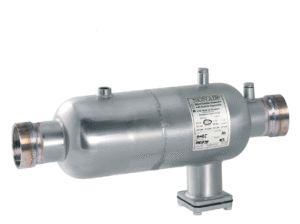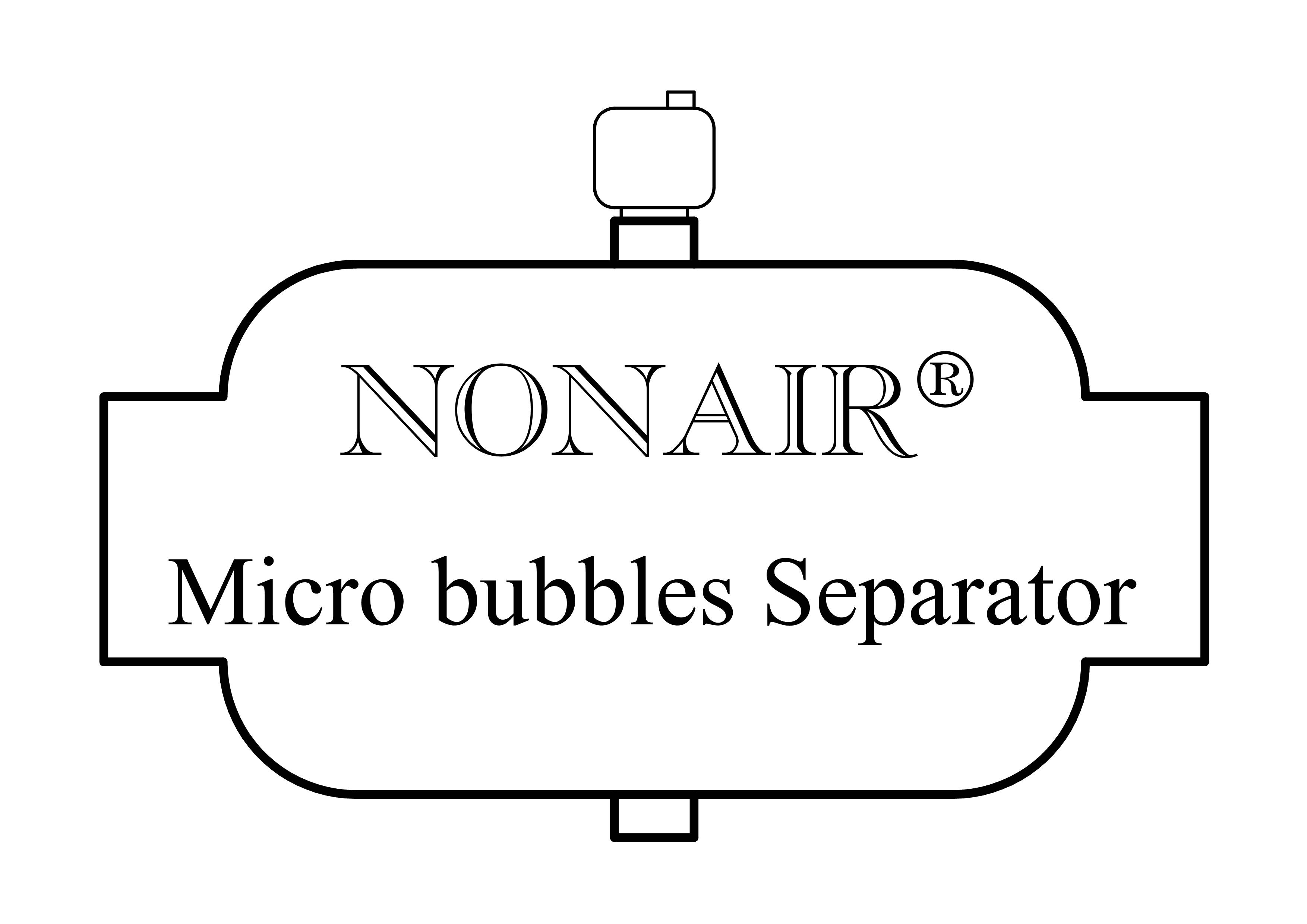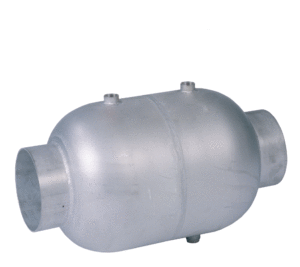The Durgo Air admittance valve
Bengt Arne Persson, the inventor of Nonair had worked as a plumber and teacher on a vocational school for plumbers. After having finished the studies to engineer in the HVAC field he started working as a consulting engineer.
Bengt Arne had through his working life come across many different problems that he tried to work out solutions for. On a seminar about how fire could be spread in a stack pipe for sewage water the conclusion was that if the flow of air through the stack pipe could be blocked the prevention of fire would be increased. As the stack must be vented he realised that if he could find a solution for the problem that the stack must be both open for venting and closed for odours perhaps a business opportunity was in sight.
He went home and got an idea and made on simple prototype that he tested and found working. The day after he took his protype and went to the company Durgo and presented his invention, the Air admittance valve and after that day millions and millions Durgo valves has been sold.
The Nonair® Micro bubbles Separator
In his work as a consulting engineer Bengt Arne had regular contact with represtatives for all kind of equipment that the represant was keen on being mentioned in the design documentation for the installation.
One representant was distributor for the first and sole Micro bubbles Separator on the Swedish market. He understood that perhaps the lack of competition could be a conflict for prescribing his product and encouraged Bengt Arne as being an inventor to design an own Micro bubbles Separator.
With the experience from the Durgo valve he started to think how a Micro bubbles Separator with a unique design could be made. His intention was to create a unit with a minimum of pressure drop and shortly he thought he know how it should look like. He made a prototype and tested it and found it not working. After a while he had redesigned it and made a new protoype and tested it and found it again not working properly.
Bengt Arne didn’t resign but had to do a couple of hundred of redesigned prototypes before he was satisfied with the performance.
In the year 1991 the company Avonni AB was started in Sweden for the development and later on production and marketing of the Nonair Micro bubbles Separator.
The first distributor that 1993 embraced Nonair was the company in Sweden that later on became Beulco Armatur AB and which representant was the one that proposed Bengt Arne to invent his own Micro bubbles Separator.
From start the Nonair was manufactured in brass for the small dimensions and ordinary Carbon Steel for the greater dimensions. As we would like to take a further step to a unique design we decided to change material for Nonair to Acid proof Stainless Steel, 316L. Thanks to this decision we got a product with much reduced weight that will simplify all phases of handling Nonair from manufacturing and transport to mounting and recycling.
The Nonair® Micro bubbles Separator with built-in Strainer

Traditional Strainers are commonly built as a cylindric or V-formed plain strainer mesh in a narrow housing. It’s more or less the surface of the strainer towards the outlet end that is active. Very soon the strainer gets clogged, creating and increasing pressure drop with reduced flow through in the system as result.
We started to think how to develope a strainer with a new principle and had a number of features as our goal.
- The first was that the strainer mesh should have a relative great area in comparision to the inlet area.
- The second was that the whole strainer surface should be active.
- The third was that the material should be in Stainless Steel to reduce the weight.
We found that if the strainer mesh was crinkled we could increase the area of the mesh. In our Strainer the area of the mesh is 8 times the inlet area of the connecting pipe.
We made the strainer insert as a vertical cylinder with inlet both at the top and at the bottom. The strainer insert is placed in a spheric housing that allows the flow to find a new and clear way around an eventual clogg in the strainer insert.
We also made all parts of the strainer of Acid proof Stainless Steel and that gives a product with low weight.
The benefit with our Strainer is that it is effective and thanks to the great area of the strainer mesh it will take long time before it has to be cleansed.
The final result was so good that we decided to build it combined with a Nonair. With this Nonair Strainer model we separates the air at the inlet end and all types of particle at the outlet end. Two functions in one product.

